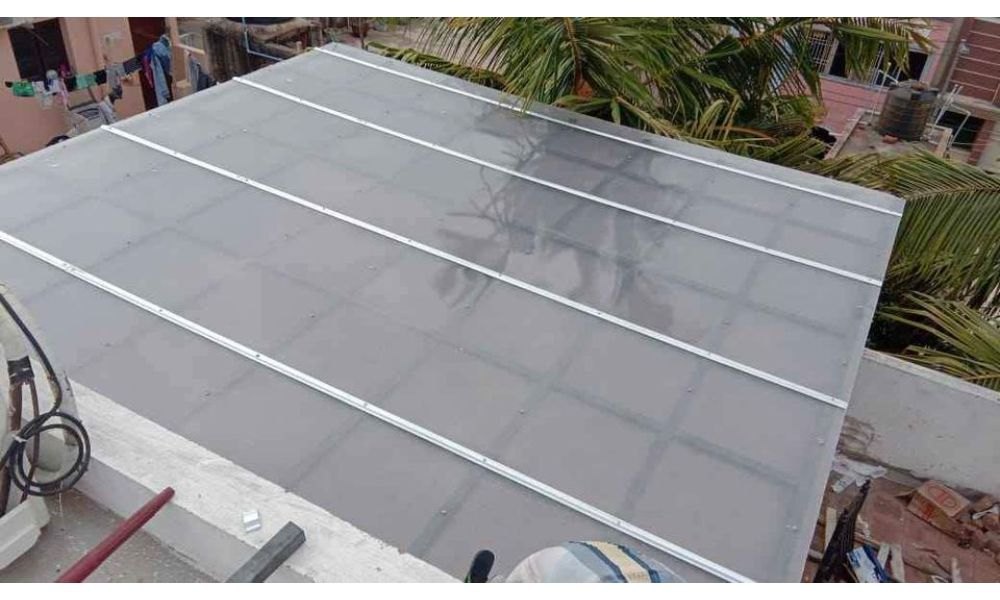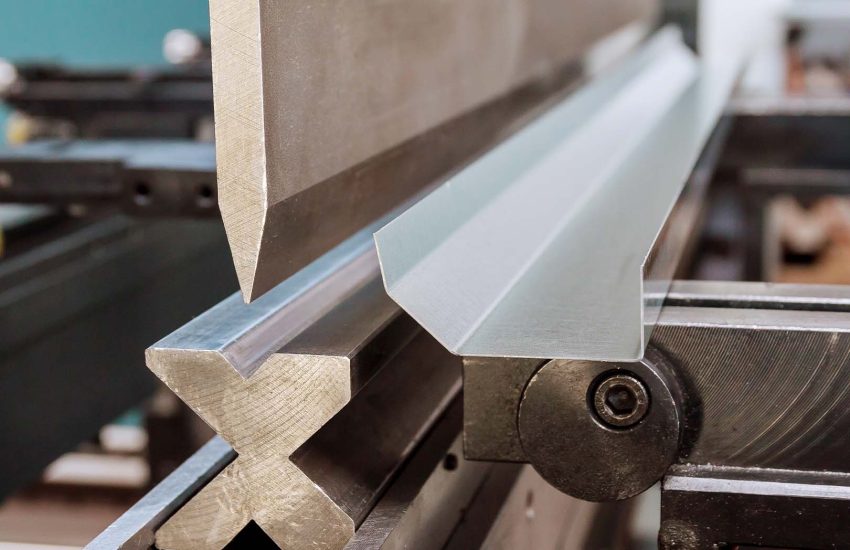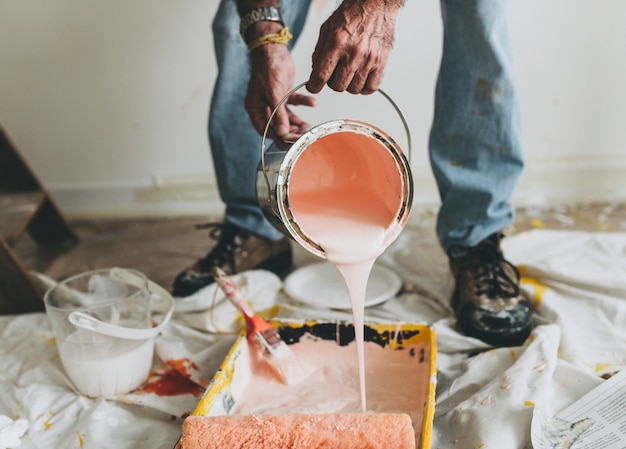Replacing shingles on your roof
Before beginning the process of replacing your old shingles, you should be aware of how important it is to repair broken shingles for the life span of your roof. Shingle damage can result in several problems. Some of them are:
- Structural: Water damage from broken shingles can weaken your roof’s underlying structure and jeopardize its stability if you ignore it.
- Water: Water may get through your roof through damaged shingles, causing a buildup of moisture and possibly even leaks.
- Mold formation: Excessive moisture may induce the growth of mold, causing health hazards and additional damage to your roof.
- Loss of energy: Your roof’s insulation may be compromised by damaged shingles, which would raise your energy costs and energy usage.
Also check Oaks Roofing and Siding contractors
Steps to fix broken shingles
- Identifying the broken shingles: Look for any broken or fractured shingles on your roof. By just applying a sealant patch, it is frequently possible to fix these shingles without having to remove them entirely.
- Using roof sealant: To fix damaged shingles, use an adhesive or roofing sealant. Make sure the sealer fills the entire extent of the broken region by applying a thick stream along the line of the crack.
- Placing shingles together: To seal the sealant or adhesive, press the fractured surfaces together. To guarantee a strong connection, keep them firmly in place for a few seconds.
- Concealing the fixture: Look for colored fragments that might have flowed down from the broken shingles in the drains. To make the replacement blend in with the existing shingles, gather some of those particles and scatter them on top of the sealant.
Simple equipment and tools required
- Safety Gear: Put safety first by using heavy-duty gloves, protective glasses, and boots with traction that are appropriate for walking on roofs.
- Replace Shingles: Get new shingles that fit the design and shade of your roof. Purchase extra shingles in case you need them in the future.
- Shingle Glue or Concrete: For securing the new shingles, you may require adhesive or cement, depending on the type of shingles.
- Ladder and Protective Gear: To reach the roof, use a stable and safe ladder. For increased safety, think about adding harnesses and roof supports.
- Roofing Nails: To secure the shingles, use roofing screws that are of the right diameter and toughness.
Assessing the damage range of shingles
- Visual Assessment: Take a close look at your roof to look for any indications of broken shingles. Look for indications of leaks or water damage, as well as twisted, broken, or detached shingles.
- Analyze the lighting and water barrier: Look for any indications of destruction or damage on the flashing and moisture barrier in the affected region. To stop leaks in the future, these problems must be resolved.
- Check the Shingles Around You: Examine the shingles that are in the vicinity of the damage. Be mindful of any twisting or bending at the corners as this could point to underlying damage.




